Five Reasons Horror Fans Need to See ‘The Cell’
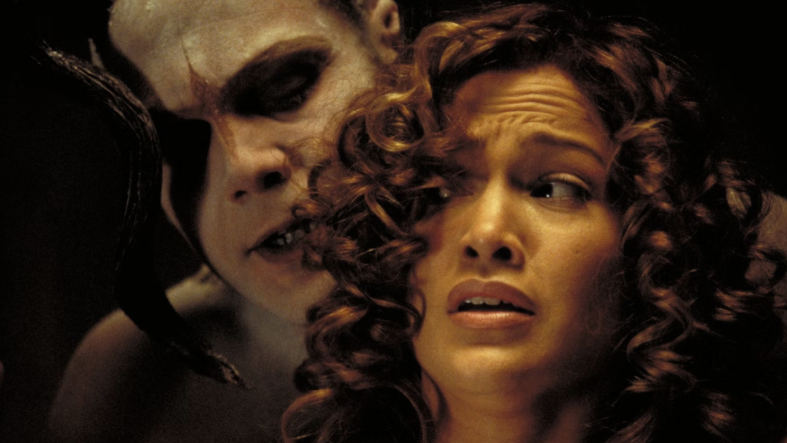
I pen a weekly column here called ‘The Overlook Motel‘. With each installment, I showcase a film that is overlooked, underrated, or unfairly maligned. I have been tempted to speak to the collective merits of The Cell via that recurring feature. But upon nearly pulling the trigger, I discovered that the flick performed reasonably well at the box office, bringing in roughly $100 million globally.
In spite of that somewhat impressive box office yield, I don’t often hear horror fans talk about The Cell. And I think that might be where the disconnect comes into play. People definitely went to theaters and watched this mind-bending feature about a social worker (Jennifer Lopez) entering the mind of a comatose madman (Vincent D’Onofrio) to learn the location of a missing person. But I have to wonder if the majority of those who turned out for the picture’s 2000 theatrical exhibition were there because of Jennifer Lopez’s involvement. I suspect many of the people who did see The Cell didn’t connect with the flick because they were expecting something less revolting and less weird. On the other hand, I wonder if horror fans sat it out because the picture wasn’t really promoted as proper horror. Marketing is often unreliable and this is a case of exactly that.
The film is a mixture of horror, sci-fi, and fantasy. That combination proves to be grotesque, terrifying, and nightmarish, making the flick an obvious fit for the horror crowd. With that in mind, brace yourself for five reasons why horror fans need to see The Cell.
The visuals are stunning.
Many of the dream sequences look like they could have been lifted from a music video circa the early aughts. Not surprisingly, director Tarsem Singh began his career directing music videos, collaborating with the likes of En Vogue and Suzanne Vega. He brings the kind of avant-garde aesthetic generally reserved for music videos to The Cell and it works rather well. Because we are dealing with the dream world, artistic liberties of that sort enhance the proceedings, rather than detract. Much of the picture plays out like a fever dream and the costuming, crisp color grading, and beautiful cinematography serve to make the experience all the more immersive.
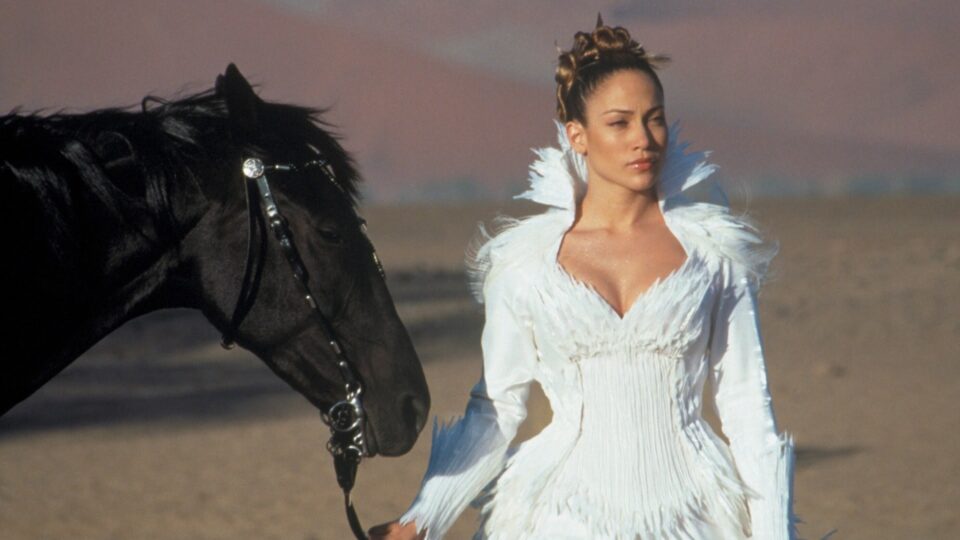
The set design is out of this world.
The visual aesthetic is additionally enhanced by some really impressive set design and world-building, which keeps the audience immersed in the proceedings. I have yet to get the chance to enter the mind of a serial killer. But if I ever do, I am absolutely certain it will look just like the twisted landscape of The Cell. The mixture of bright colors and decaying backdrops is perfectly fitting to the subject matter, mirroring different facets of the killer’s personality and unsavory life experiences. Moreover, the physical structures have a menacing quality that makes the picture all the more imposing.
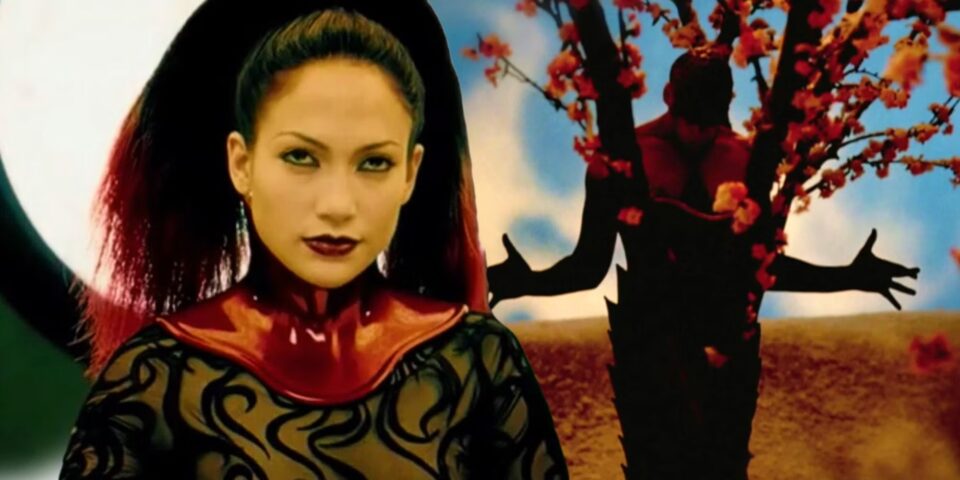
The flick effectively executes on a terrifying premise.
Dreams have the potential to be truly scary. Anyone who has been trapped in a nightmare from which they could not wake up can attest to that. Screenwriter Mark Protosevich mines the terrors of the subconscious mind, making the stakes feel very real.
The narrative is made even more unsettling by the addition of real-world consequences related to that which transpires in the dream world. Multiple lives are at stake as the line between the dream world and reality quickly begins to blur.
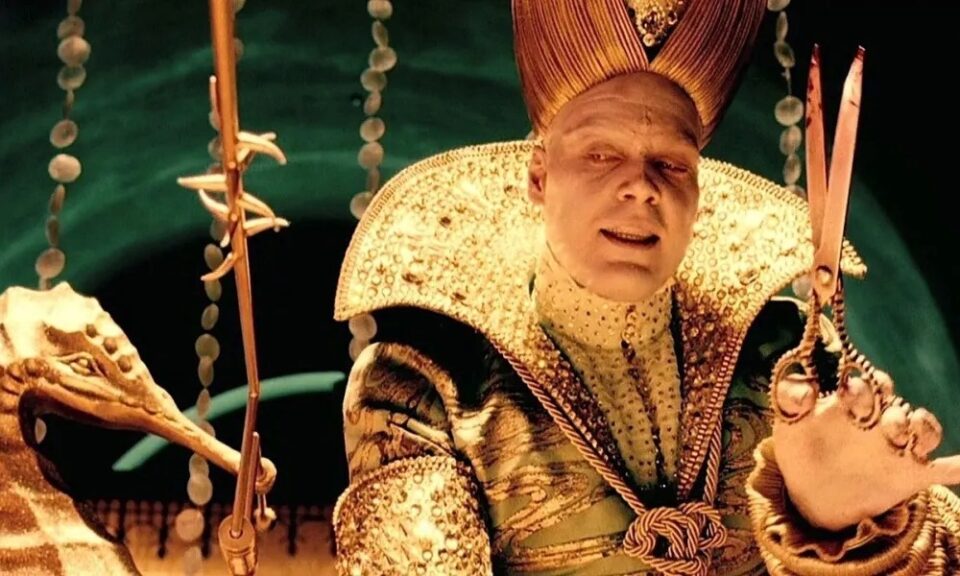
The film has a terrific core and supporting cast.
Vincent D’Onofrio is pitch-perfect as the chief antagonist. He’s a versatile thespian. D’Onofrio is fully capable of disappearing into a role and he does exactly that here. The actor comes across as cold, ruthless, and completely void of human emotion. He doesn’t speak all that often. But we learn plenty from his body language, mannerisms, and other non-verbal cues.
Jennifer Lopez is also effective as Catherine. She is tough and tenacious but has an underlying vulnerability. Her empathy and tendency to put the well-being of others ahead of her own interests make her a more than serviceable lead.
Rounding out the supporting cast, Dylan Baker, Jake Weber, and Dean Norris pop up as secondary and tertiary characters. It’s nice to see the extended cast comprised of a stable of talented actors. And each of those three adds something to the proceedings.
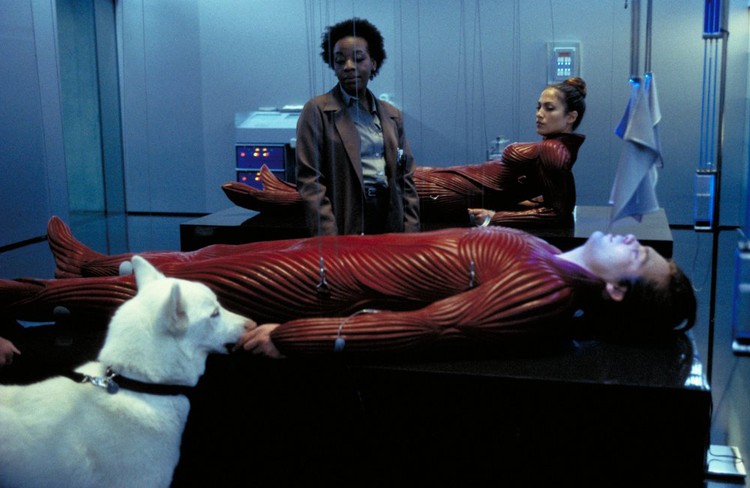
The characterizations are impressively nuanced.
Perhaps the most dynamic character in The Cell is D’Onofrio’s Carl. Through dreams, we are introduced to him as a child and get a sense of the horrors he endured that ultimately made him the man he’s become. That works to humanize Carl on some level, which is surprisingly uncomfortable. He’s a monster. It would be easier if we could just accept that and move on. But we see him in a state before he’s fully transitioned into the unhinged murderer we meet in the present timeline. That blurs the lines a bit and makes it easier for the viewer to feel something for him.
As much as I dislike feeling a connection to such a reprehensible character, it’s an effective aspect that forces the audience to confront uncomfortable feelings and recognize that everything isn’t always as black-and-white as we might like.
Categorized:Editorials Lists

